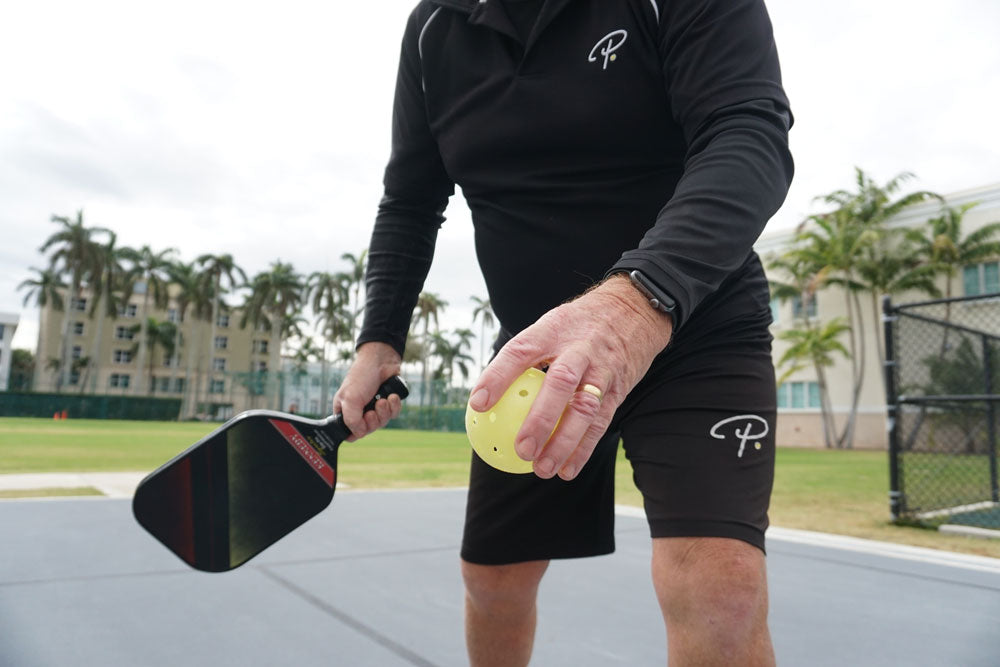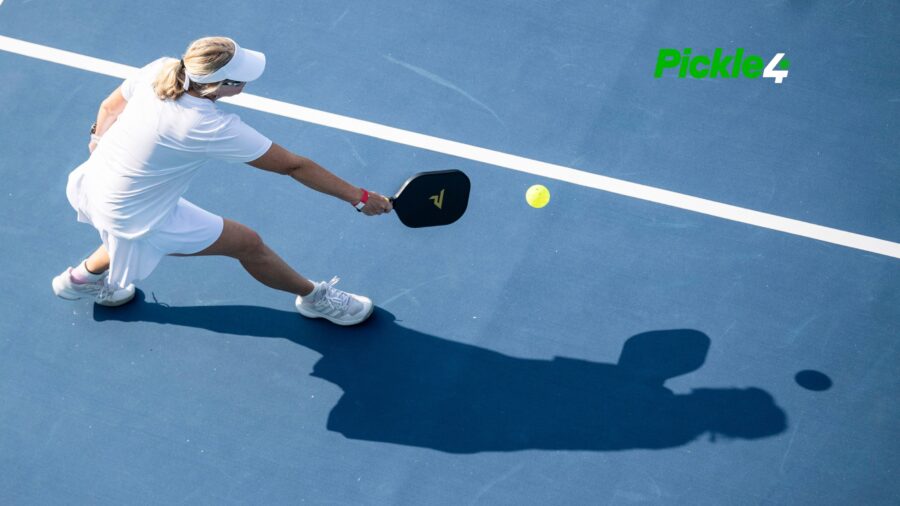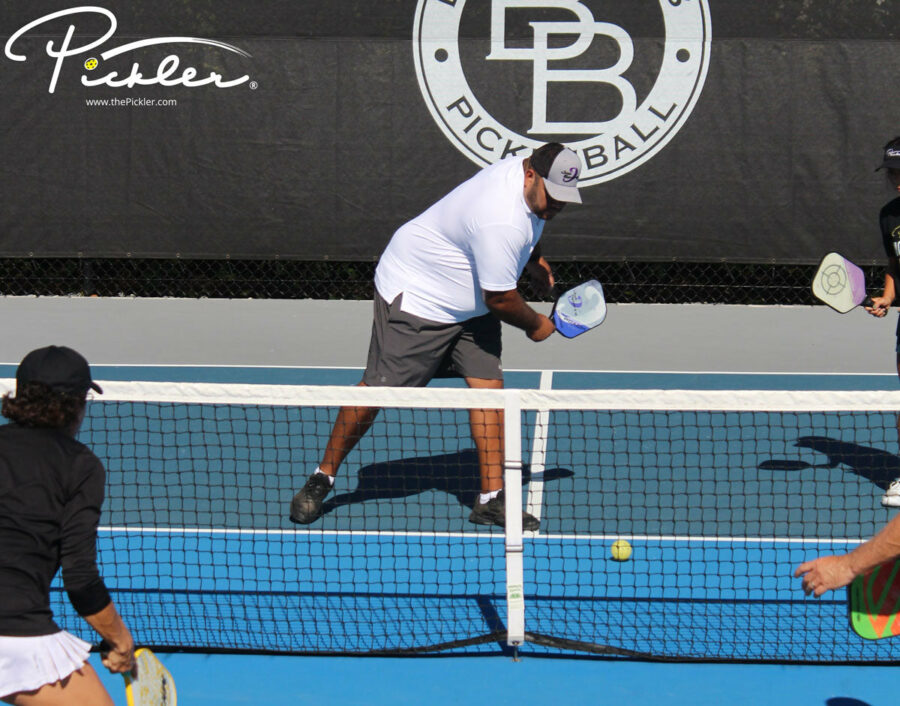The rules of pickleball are generally straightforward. However, pickleball scoring rules commonly give players trouble, especially beginner players. And, even when you master the ability to keep score in pickleball, there are still questions. For instance, why does every pickleball game start with 0-0-2?
To quickly breakdown the score in doubles pickleball, the score is made up of three numbers (for instance, 0-0-2). The first number represents the serving team’s score. The second number represents the receiving team’s score. The third number represents the server number, which is either server #1 or server #2. For example, if the score in doubles pickleball is 10-8-2, then this means that the serving team has 10 points, the receiving team has 8 points, and the serving team is on server #2. Also, to note, in singles pickleball, the score is made up of only two numbers (for instance, 0-0). The first number represents the server’s score. The second number represents the receiver’s score. There is no third number because, in singles pickleball, each side only has one serve (rather than two serves). For example, if the score in singles pickleball is 10-8, then this means that the server has 10 points and the receiver has 8 points.
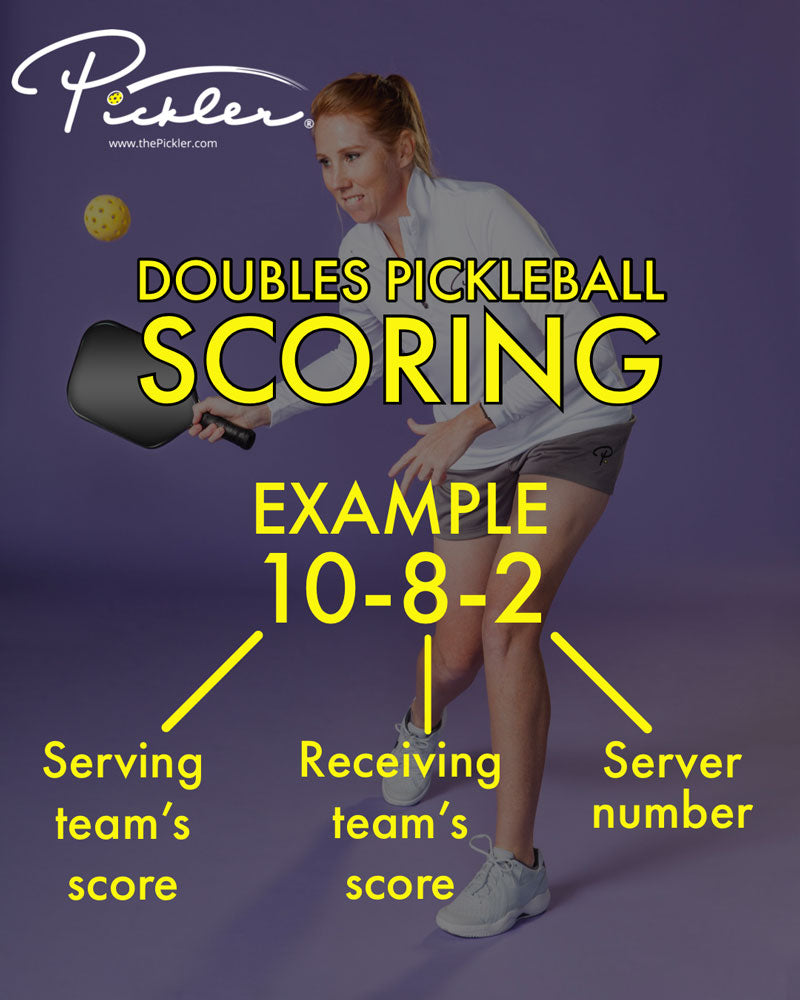
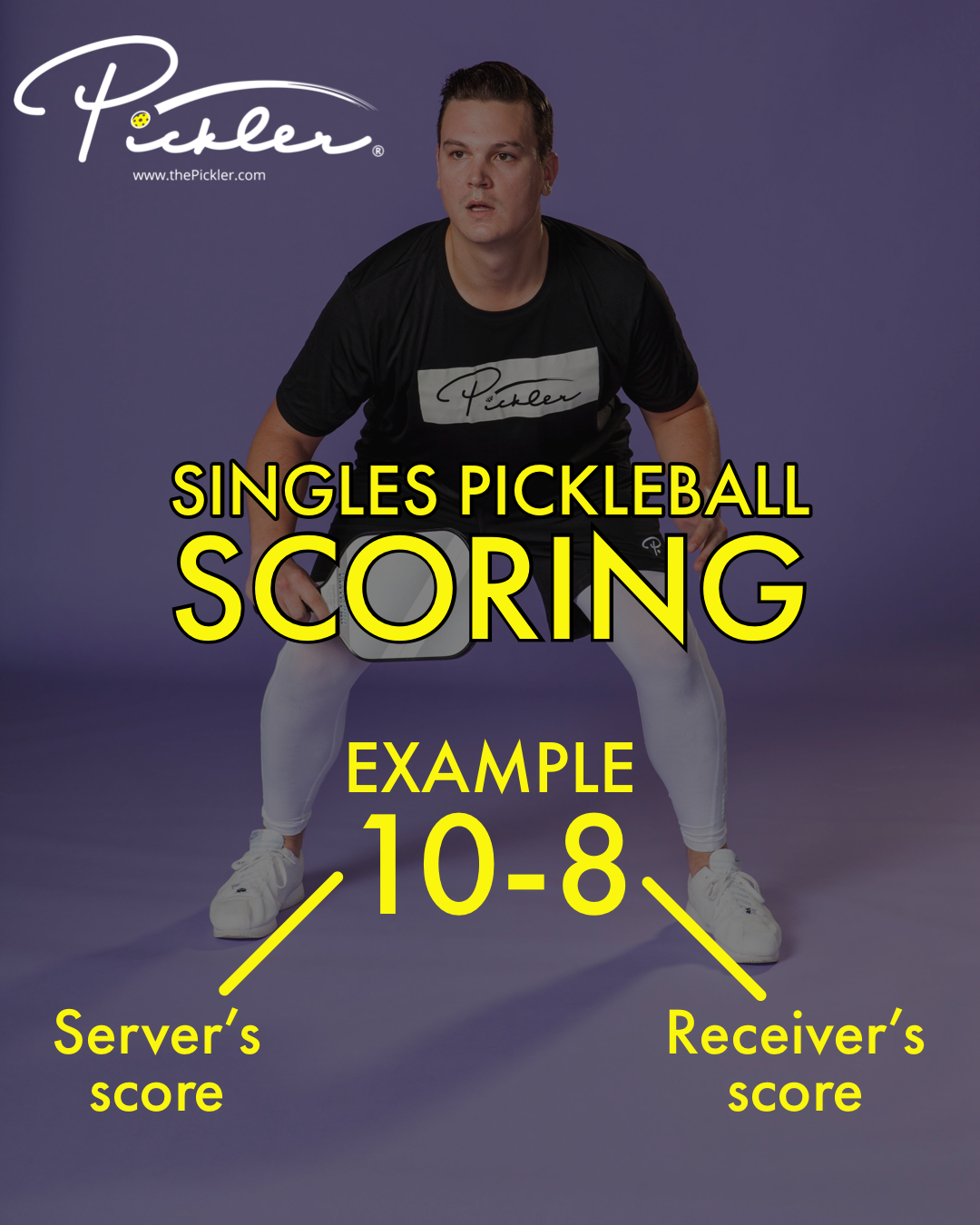
In doubles pickleball, the first serving team only has one service turn (so if the serving team loses the first rally, then the serve goes to the other team). After this first side out, each side has two service turns; in other words, each player gets a shot at serving. This is why you start every doubles pickleball game with a loud 0-0-2!
But why? Why does every doubles pickleball game start with 0-0-2, instead of 0-0-1? What is the purpose of the rule requiring only one service turn to start the game, and then two service turns thereafter?
The purpose of the first server exception is to minimize the advantage of being the first team to serve in the game. So, only one player gets to serve on the first service turn of the game. Then, the serve will go to the other side.
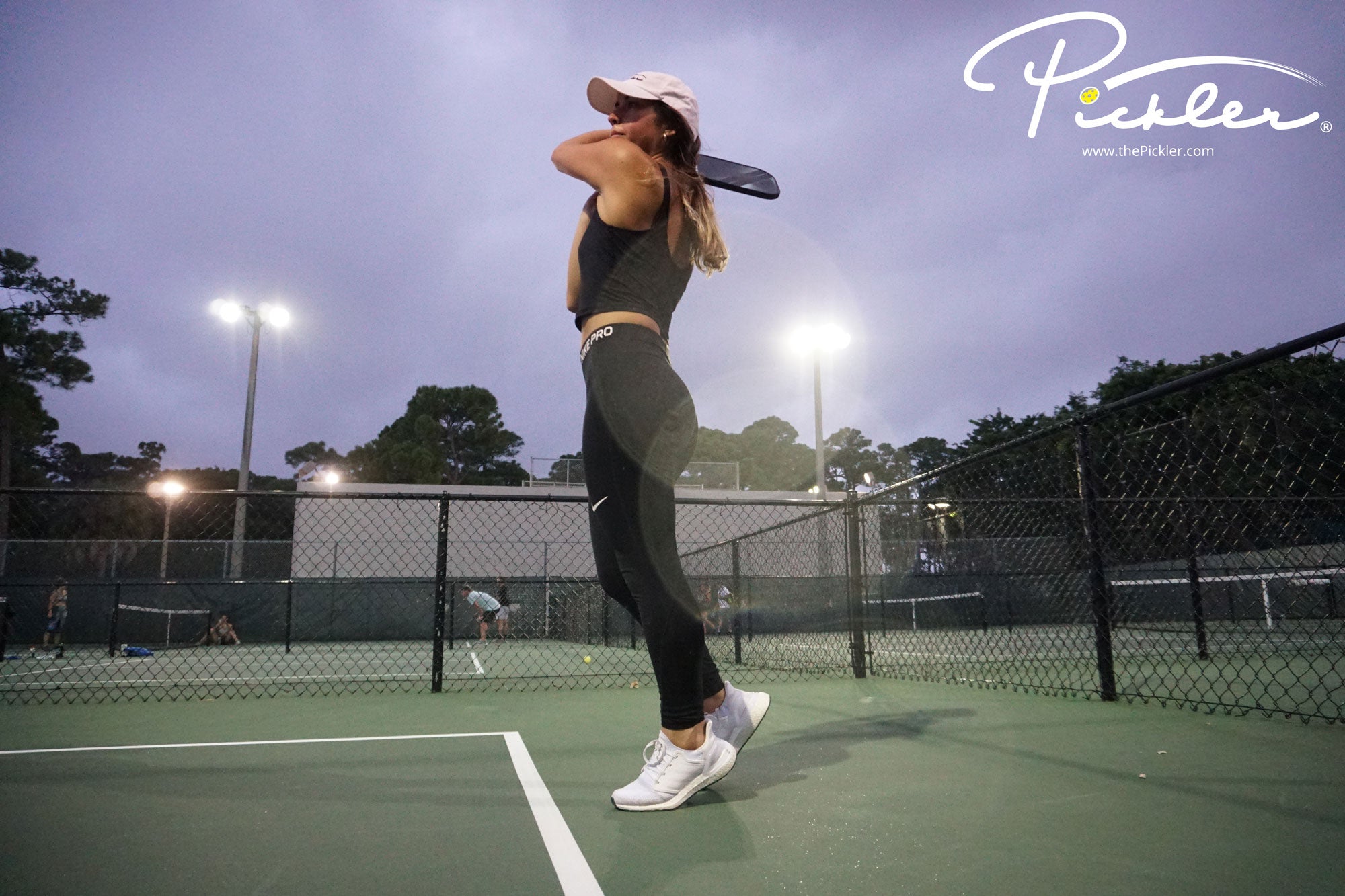
This is consistent with the sport of pickleball as a whole, as there is a delicate balance between the serving team and the receiving team. For instance, in favor of the serving team is the rule that only the serving team may score. The receiving team does not score any points for winning a rally. On the other hand, in favor of the receiving team is that the serving team must serve underhand to start the rally (which is much less offensive than a sport like tennis). Also, the serving team must allow the return to bounce, which gives the receiving team a better opportunity to win the point, as they can be the first team to the Kitchen line (where most points are won). As a result, there is a balance between the serving team and receiving team. This balance also carries over into the start of the game with the first server exception rule and the balance between the team who gets to serve first and the team who gets to receive first.
So, there you have it… 0-0-2!
WANT MORE PICKLEBALL TIPS AND STRATEGIES?
Get more doubles pickleball strategy tips, and singles pickleball strategy tips, to win big on the pickleball court.
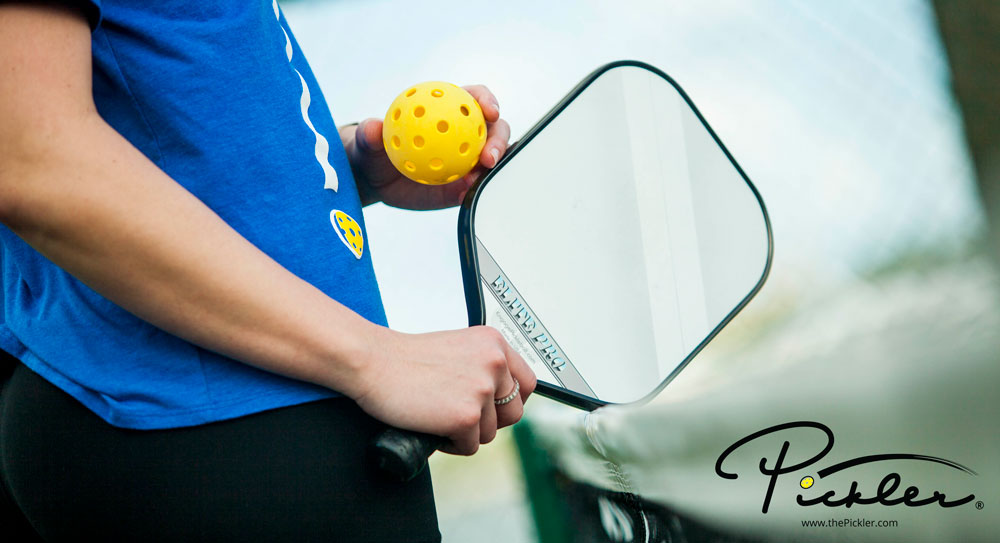
Plus, if you want more pickleball tips and strategies on every aspect of your pickleball game, check out Pickler’s online video lesson collection called My Pro Pickleball Coach. My Pro Pickleball Coach is a fraction of the price of one clinic or even one lesson, and features over 140 video lessons (over 7 hours of instruction!), as well as a corresponding e-book. These online video lessons are available on demand 24/7 and breakdown every aspect of the sport of pickleball, including pickleball drills, strategy, and advanced concepts, so you will play your best pickleball.


